EVERYTHING you know about Stonehenge is probably wrong. It was at the heart of an ancient clash of religions — and the winner took all.
THE exquisite tumble of megaliths we call Stonehenge is burnt into the world’s consciousness. It’s a monument to mystery, to human achievement — and the passage of time itself.
But it turns out it’s just a small part of the picture an ancient people stamped on the surrounding landscape.
And it may be the tombstone of an even more ancient culture.
Some 75 ancient megaliths have now been detected buried under a nearby ancient mound known as Durrington Walls, along with the depressions marking where they once stood.
This find is revolutionary.
Not just in terms of our understanding of the ancient site, but in terms of what it may represent.
Were these sacred stones buried as part of a prehistoric religious apocalypse?
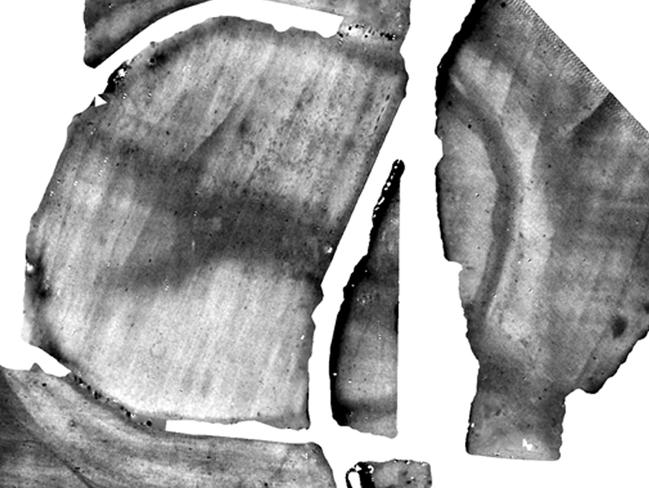
Historians say they now believe an ancient monument — some five times bigger than the subsequent Stonehenge — had been deliberately toppled and buried as a new solar cult sought ascendancy over the old spirits of nature.
Stonehenge’s alignments with the summer and winter solstices may represent the mark of the victor.
“The landscape revealed by this new find is extraordinary,” says Dr Alice Gorman of the Department of Archaeology at Flinders University. “It shows how people’s relationship to the world they lived in changed through time, and also across space. Increasingly, archaeologists are interested in understanding how landscapes shaped daily human experience.”
In this case, it may have revealed a major restructuring of stone-age society.
Regardless, the discovery of the buried sarsen stones of Durrington Walls open up a whole new chapter in the history of the world’s most famous stone-age landscape.
“(It’s) changing fundamentally our understanding of Stonehenge and the world around it,” says the principal prehistorian on the project, the University of Birmingham’s Paul Garwood.
“Everything written previously about the Stonehenge landscape and the ancient monuments within it will need to be rewritten.”

UNEARTHING DURRINGTON WALLS
“We’re looking at one of the largest stone monuments in Europe and it has been under our noses for something like 4000 years,” says Professor Vincent Gaffney of Bradford University. “We don’t think there’s anything quite like this anywhere else in the world. This is completely new and the scale is extraordinary.”
A year ago the world woke to headlines blaring that Stonehenge’s bigger, older brother had been found. Durrington Henge.
Evidence of the ancient structure had been detected under an ancient earthwork mound, known as Durrington Walls, believed built at the same time as nearby Stonehenge.
But it was just one element of a string of discoveries.
The Stonehenge Hidden Landscape Project announced it had found evidence of more than 20 new Stonehenge-era monuments on the surrounding hills and plains.
For five years they had been scouring an eight square kilometre expanse with ground penetrating radar, electromagnetic induction and magnetometry. These technologies can reveal buried stones, filled-in pits and even the compressed ground of walkways.
But the pinnacle of their work was detecting the network of monumental stones under Durrington Walls.
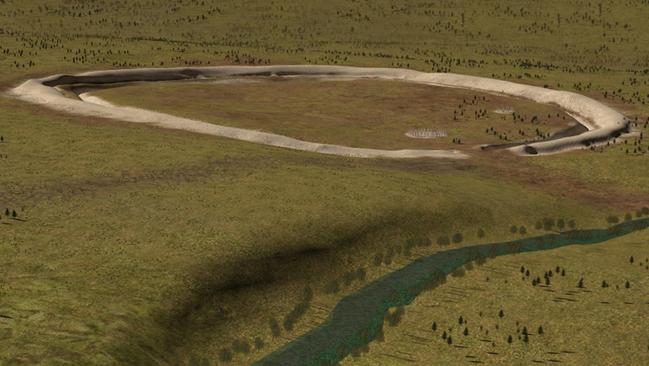
Ongoing ground-penetrating surveys have revealed what archaeologists believe to be some 40 complete and 35 broken sandstone columns — called sarsen stones — buried under the earthen bank which defines Durrington Wall’s 500m diameter.
Nearby, the radar ‘shadows’ of up to 50 pits in which they once stood have been identified.
“Previous, intensive study of the area around Stonehenge had led archaeologists to believe that only Stonehenge and a smaller henge at the end of the Stonehenge Avenue possessed significant stone structures,” a statement from the research project reads.
The evidence now shows Durrington Walls was an earlier, larger stone construction.
“Standing stone structures are meant to be visible, and the closer you get to them, the more their size and scale affects you,” says Dr Gorman. “ Imagine going about your day’s work in this Neolithic landscape: you’d always be aware of where you were in relation to the stones. They’re part of a spiritual map of the landscape, overlain on natural features like rivers and hills. Later, of course, the construction of Stonehenge takes this to a new level.
Dubbed a ‘super-henge’, the immense newly revealed ritual monument has lain virtually unnoticed just a short 2km walk from the tourists thronging over its younger world-heritage listed companion.
This was no accident. It’s exactly what the builders of Stonehenge had intended.
But their dark secret is now being exposed.
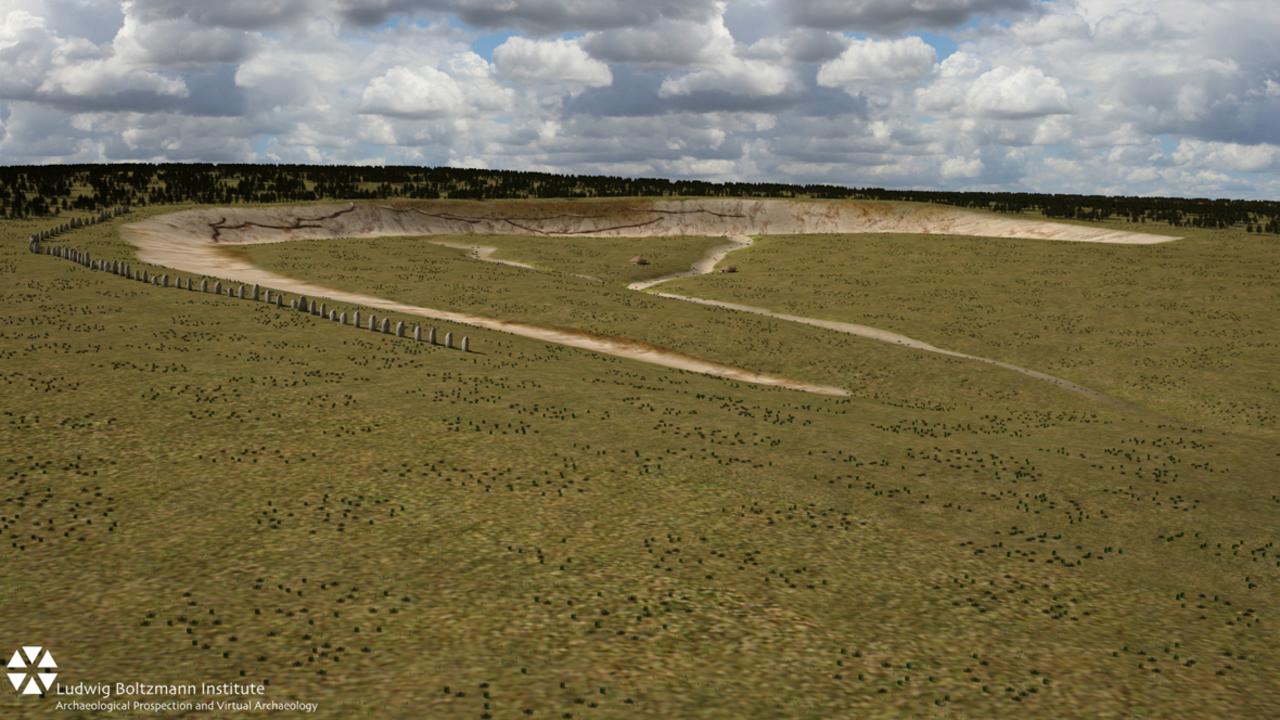
SACRED GEOGRAPHY
Durrington Henge was intrinsically different to Stonehenge.
Instead of apparent astronomical alignments, the original horseshoe-shaped array of standing stones seems more attuned to the surrounding landscape.
“More than 4.5 thousand years ago, a natural depression near the river Avon appears to have been accentuated by a chalk cut scarp and then delineated on the southern side by the row of massive stones,” a statement from the researchers reads. “Essentially forming a C-shaped ‘arena’, the monument may have surrounded traces of springs and a dry valley leading from there into the Avon.”
The 800m long southern boundary appears to have boasted some 200 large sacred stones, each about 4m high and 1.5m thick. Its northern and western boundary exploited a naturally curved 4m tall chalk ridge which was dug out and steepened during the construction.
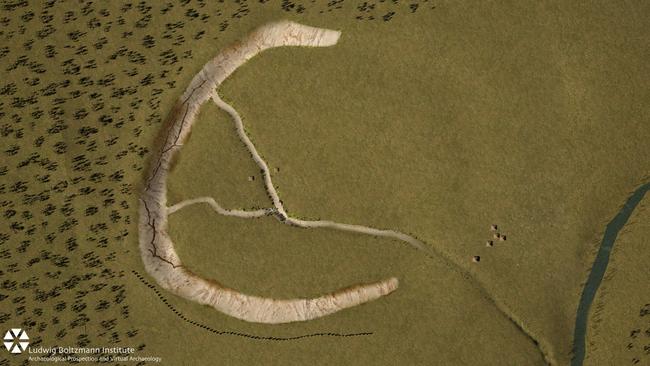
What is evident is that this toppled array of sarcen stones predates the 2600BC stones we now know as Stonehenge.
The horseshoe-shaped complex is aligned with a prominent natural hill — Beacon Hill — some 7km towards the East. It’s an alignment shared by the enormous “Stonehenge Cursus”, a nearby 3km-long pre-Stonehenge earthwork.
Was Beacon Hill a significant piece of prehistoric sacred geography?
”It’s not unlike some Aboriginal landscapes where space is divided into places you can go and can’t go, unless you have the appropriate level of knowledge,” says Dr Gorman. “We might not know exactly what that knowledge was, but we can see the structure of it through archaeological remains.
But it seems a new god appeared on the scene in ancient Britain. This cult was closely tied to the movements of the sun.
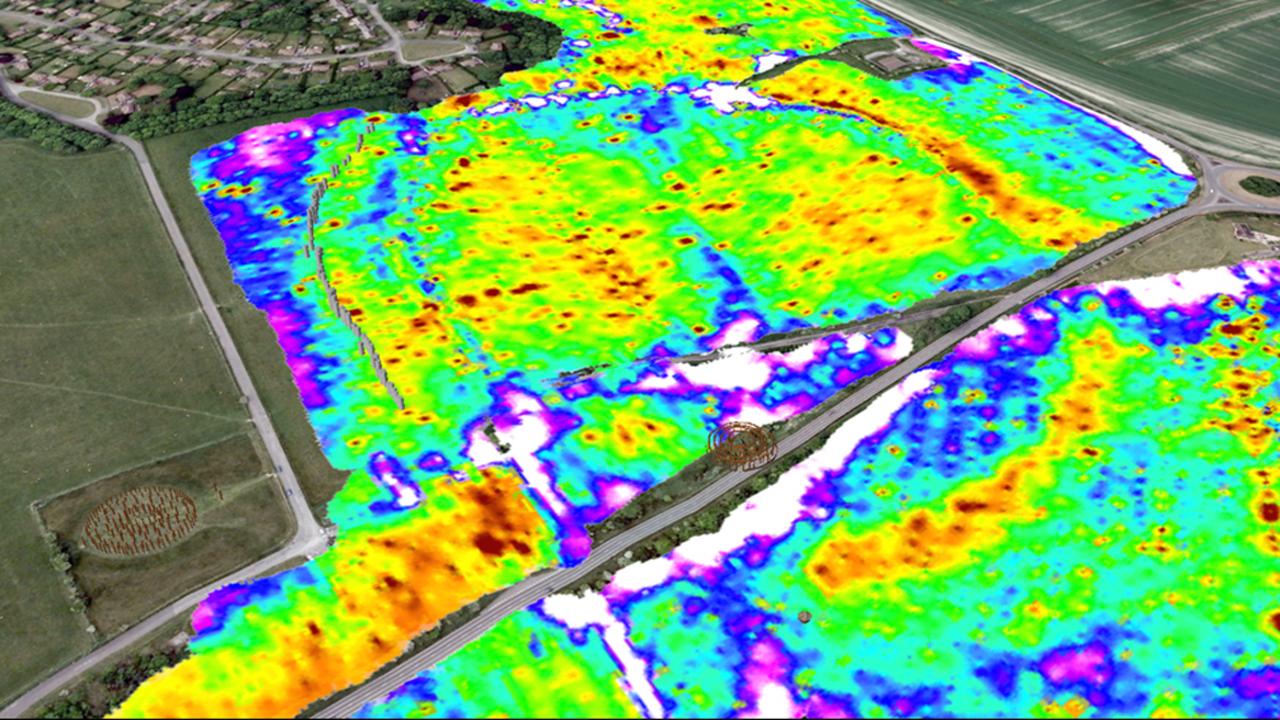
RELIGIOUS REVOLUTION
“The discovery of the stones under Durrington Walls changes in a dramatic way our understanding of the development of the Stonehenge landscape,” says Professor Vince Gaffney of Bradford University.
“The burying of the stones in Neolithic times almost certainly represented significant social and ritual change.”
Indications are a religious reformation appears to have swept through the prehistoric landscape by 2600BC.
For a time the two religions may have survived side-by-side.
But, at least a century after the sunworshippers erected Stonehenge, the old spirits of the hills, trees and rivers appear to have been toppled.
So too were the stones and timbers of their sacred places.
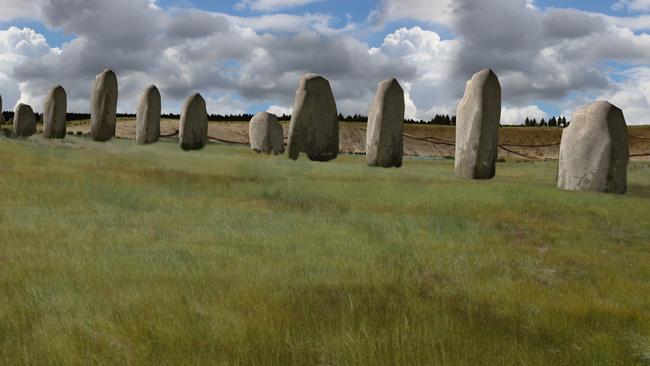
Archaeologists say it appears the stones which helped defined Durrington Henge’s horseshoe shape were pulled from the ground and buried under an enormous new earthwork.
This new circular ridge would much later became known as Durrington Walls, long after the dogmas of both religions were lost to history.
“The fact that the stones were left in their original locations, although now invisible, shows a lingering sense of the importance of the place itself,” says Dr Gorman. “It suggests a world where what you can’t see is as important as what you can, and the surface of the earth is one of the demarcations of this belief system.”
The idea of a solar-cult inspired stone-age cultural upheaval is not new. Decorations on ceramics and stonework changed about this time. Huge public feasts also surged in popularity, as did the roasting of pork.
Archaeologists are now turning their eye to other great earthwork monuments, such as the henges at Avebury and Marden.
Are these also the mass graves of even older sacred stones?
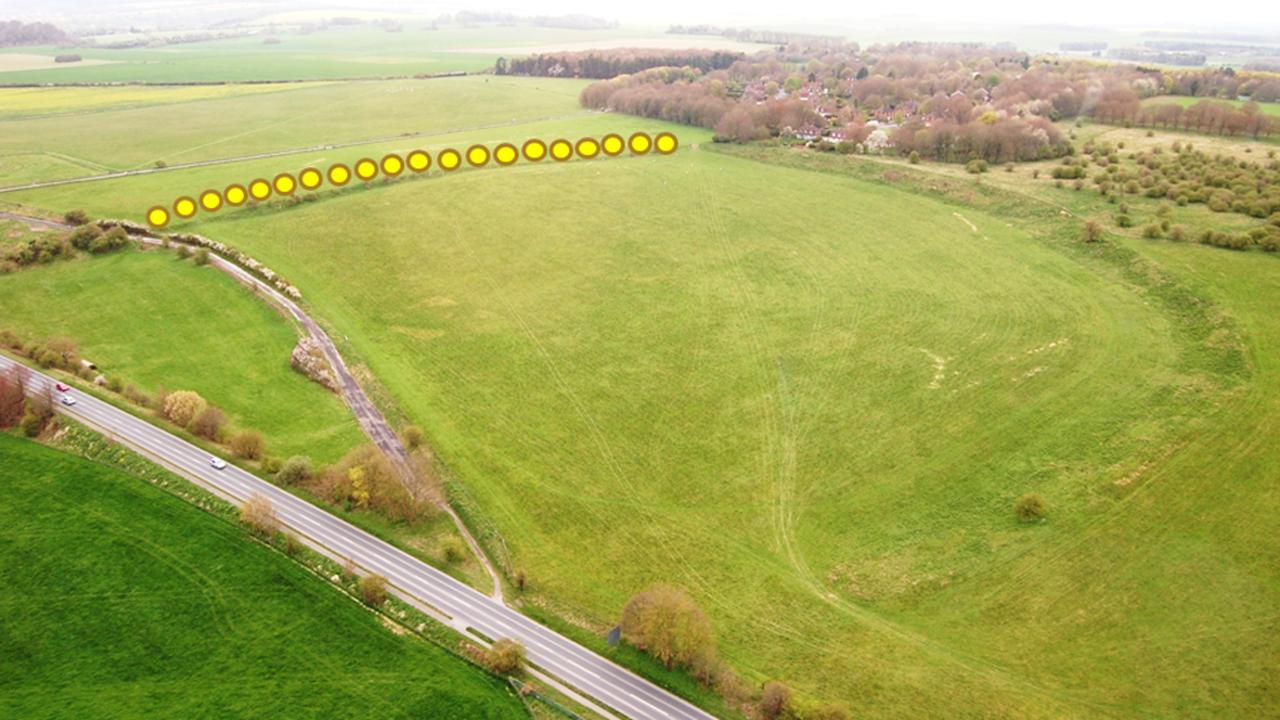

Add your comment to this story
To join the conversation, please log in. Don't have an account? Register
Join the conversation, you are commenting as Logout
Here’s what you can expect with tomorrow’s Parramatta weather
As we move into summer what can locals expect tomorrow? We have the latest word from the Weather Bureau.
Here’s what you can expect with tomorrow’s Parramatta weather
As we move into summer what can locals expect tomorrow? We have the latest word from the Weather Bureau.